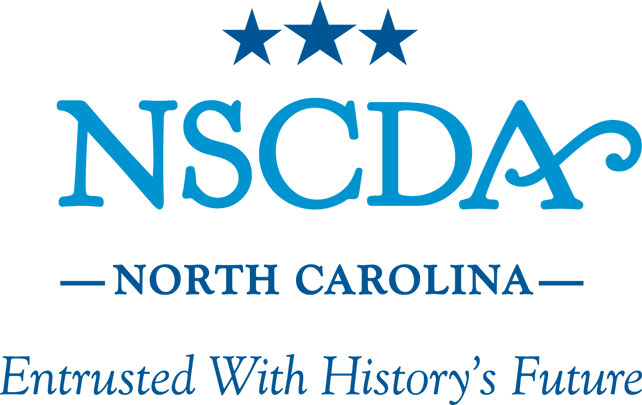2020 Florence Kidder Memorial Scholarship - Second Place Essay by Carley LambethThe Bostick Schoolhouse, located on Clayton Carriker Road in Ellerbe, was open for first through seventh grade from 1880 to 1922. The Schoolhouse is a one-story, one-room building measuring approximately twenty-six feet by thirty-six feet. The building was used as a shed for various purposes from 1922 to 1992, such as a home for farm animals, a peach pack house, a tobacco curing barn, and a tool shed. These uses of the building resulted in a leaking roof, a rotting floor, and many other issues that left it in a state of disrepair. (Richmond County Tourism Development Authority 2019). However, this historic gem was eventually restored as much as possible back to its original state with the suggestion from Richmond County Historical Society President, Betty McBryde. Carol McLean, as well as Woodford and Lillian Sherrill, restored the building back to its original classroom in 1998, through Project Restore the Bostick Schoolhouse. In November of 1998, they held an “open house” for the Bostick Schoolhouse as they showed visitors their restorations. During the time this school was built, education was extremely different than it is today. Roughly only fifty-one percent of children ranging from ages five to nineteen were able to attend school. (Gold). The other children had to work on farms or in factories to help their families provide meals, and simply make ends meet. The majority of students who were fortunate enough to attend school had to walk several miles each morning just to attend. Schools were also heavily segregated at this time. African Americans attended poorer schools located in the Southern parts of the country, while Whites attended richer schools in the North. (Gold). Like the Bostick Schoolhouse, many schools only had one classroom, due to the low amount of people that were able to attend. One of the main differences from the school system during that time period was the way of punishment. During the 1800s and 1900s, spanking, paddling, and lashing were popular means of punishment. Today, corporal punishment is outlawed in the majority of the United States. Historic preservation is beneficial to all communities socially, culturally, and educationally. A community can become richer in culture through the tangible presence of preserved historic sites from previous eras. A community can also benefit by teaching through these preservations about local heritage and understanding of the past. Most importantly, a community as a whole can benefit from citizens mutually agreeing to protect historic monuments and buildings as they take pride in their own history. (Why Preserve 2017). Historic preservation also creates jobs as the projects are very labor intensive. A major economic benefit that comes with preservation is the heritage tourism. Many people enjoy looking into the past through standing sites where major history took place, as well as the stories that come with it. According to the Historic Hawaii Foundation, “Historic preservation has been shown to be a key ingredient in stabilizing older communities and bringing citizens together.” (Why Preserve 2017). The Bostick Schoolhouse is just one of the many historic gems found in my home of Richmond County. The building was placed on the National Register of Historic Places in April of 2005 and is still standing as a major historic attraction. (Richmond County Tourism Development Authority 2019). Inside, the schoolhouse is set up as it was for actual school when it was open. It displays pictures of teachers and students from the time period that it was in session. Today, the schoolhouse is used as backdrops for pictures, as well as an open door for visitors and tourists. Works Cited |
